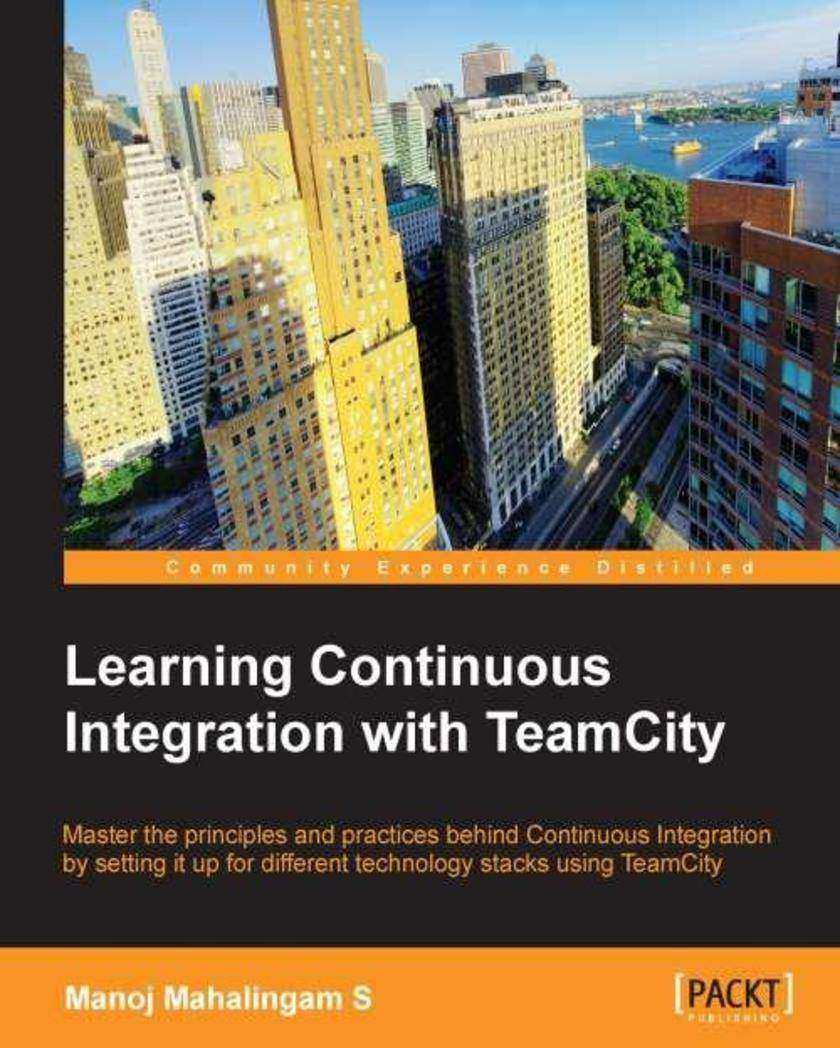
Learning Continuous Integration with TeamCity
¥80.65
If you are a developer, tester, or a person in operations or Devops who wants to start practising CI, start using TeamCity or both, then this book is for you. Moreover, if you have thought about bringing CI into your team, if you are already using a CI tool and want to move to TeamCity, or if you are looking for ideal practises and techniques while implementing CI with TeamCity, this book will be useful.
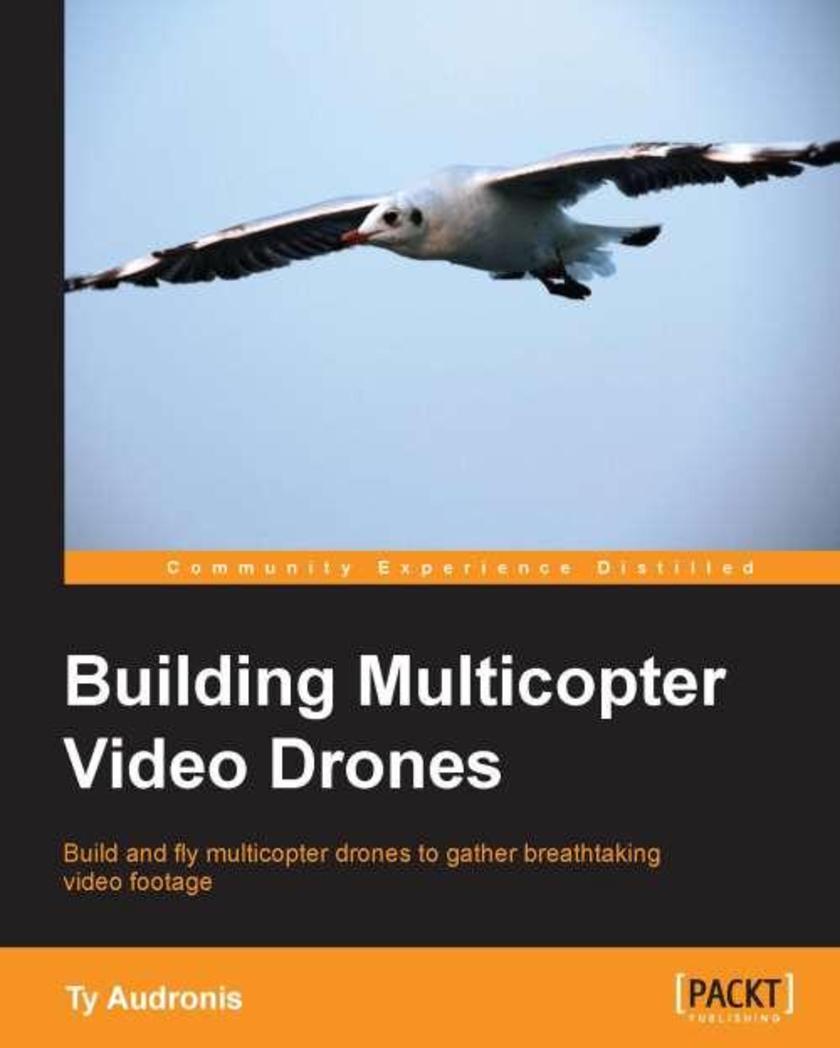
Building Multicopter Video Drones
¥54.49
This book is for a wide range of individuals who are looking to shoot aerial footage with a multicopter. No previous flying experience is assumed, but even the most expert flyers will find unexpected and interesting information.
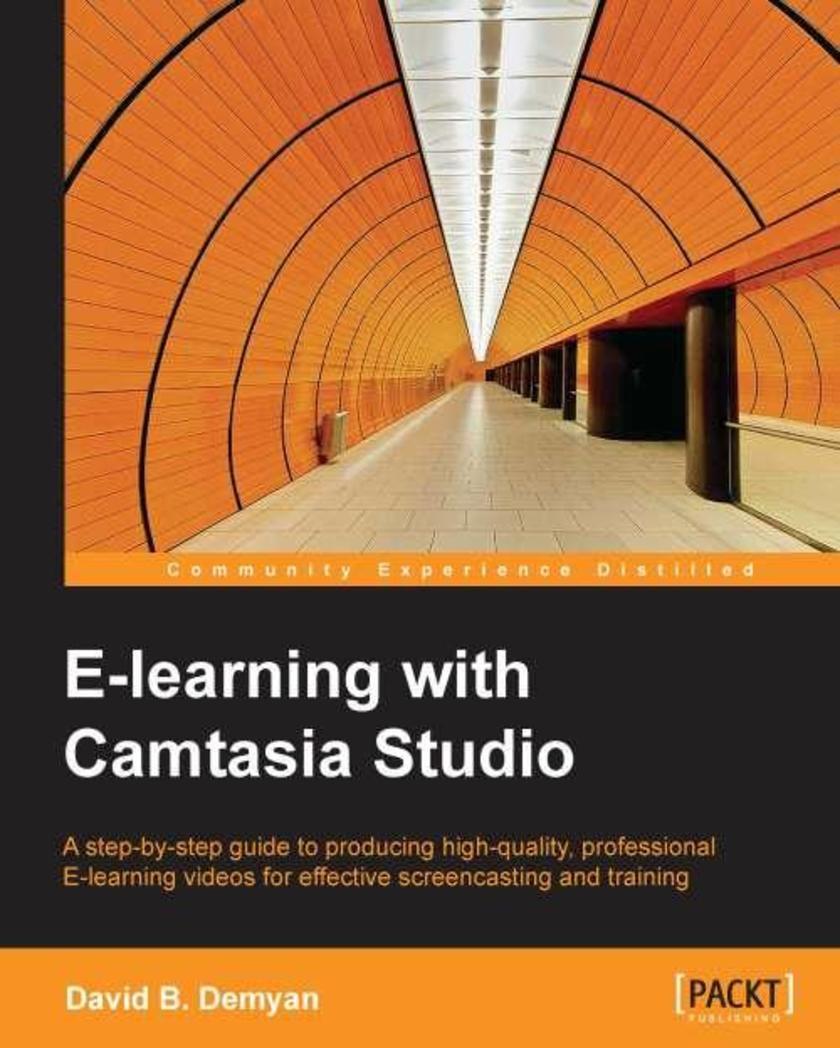
E-learning with Camtasia Studio
¥49.04
If you want to educate people using video learning techniques, this book is for you. Whether you are a teacher, a designer, or corporate learning staff and intend to deliver knowledge through videos, the exercises will benefit you, teaching the indispensable skills to produce and deliver effective educational content. No previous knowledge of Camtasia Studio or video production is required.
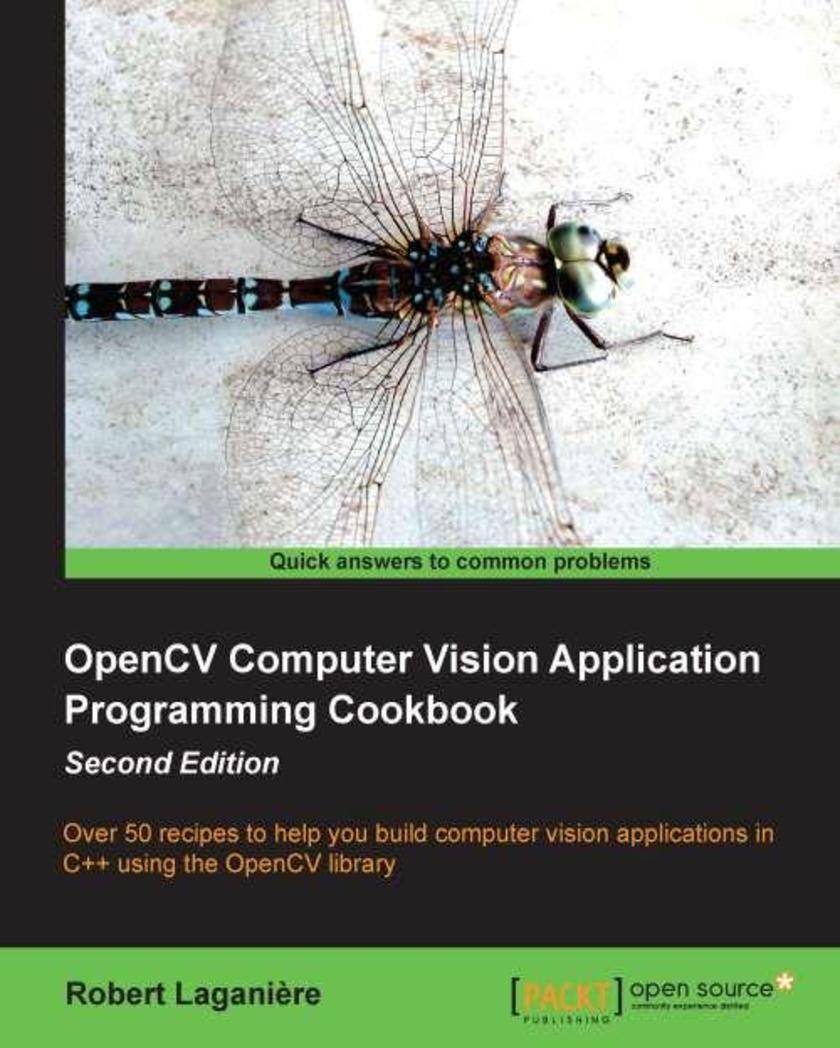
OpenCV Computer Vision Application programming Cookbook Second Edition
¥80.65
OpenCV 3 Computer Vision Application Programming Cookbook is appropriate for novice C++ programmers who want to learn how to use the OpenCV library to build computer vision applications. It is also suitable for professional software developers wishing to be introduced to the concepts of computer vision programming. It can also be used as a companion book in a university-level computer vision courses. It constitutes an excellent reference for graduate students and researchers in image processing and computer vision.
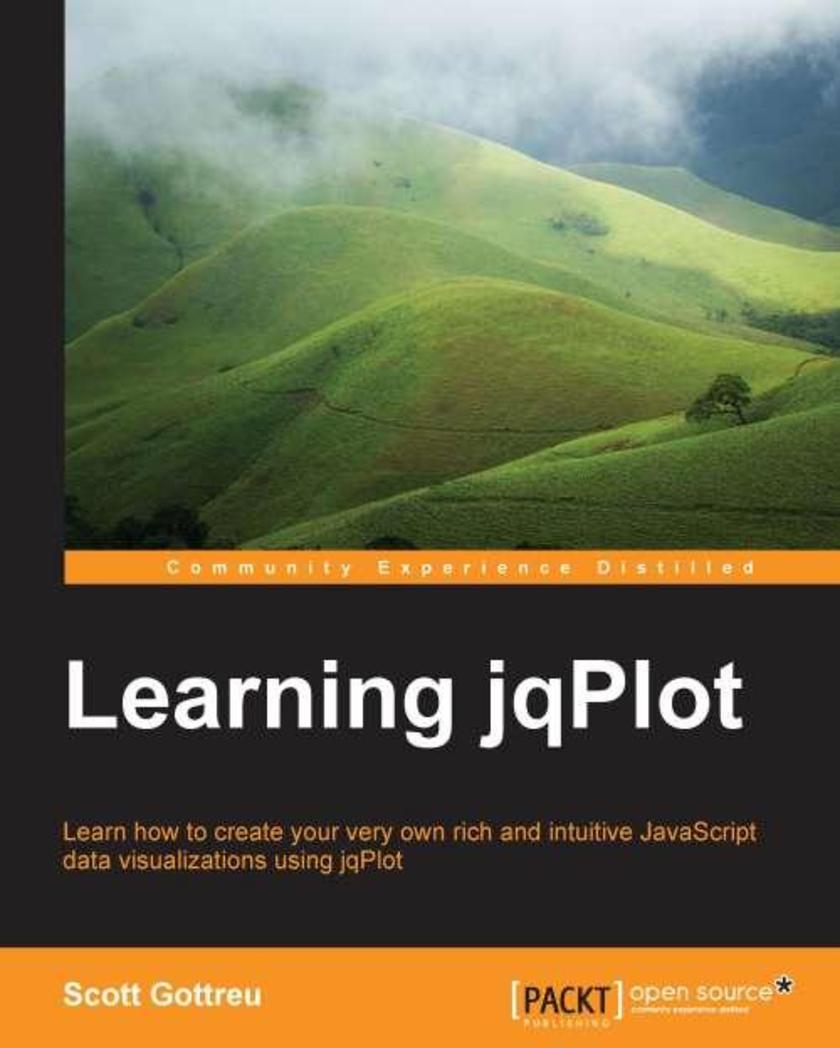
Learning jqPlot
¥57.76
If you are a developer with a good understanding of JavaScript and jQuery and have been burdened with the task of analyzing and presenting some data, this book will provide you with the start you need to create some very attractive data visualizations.
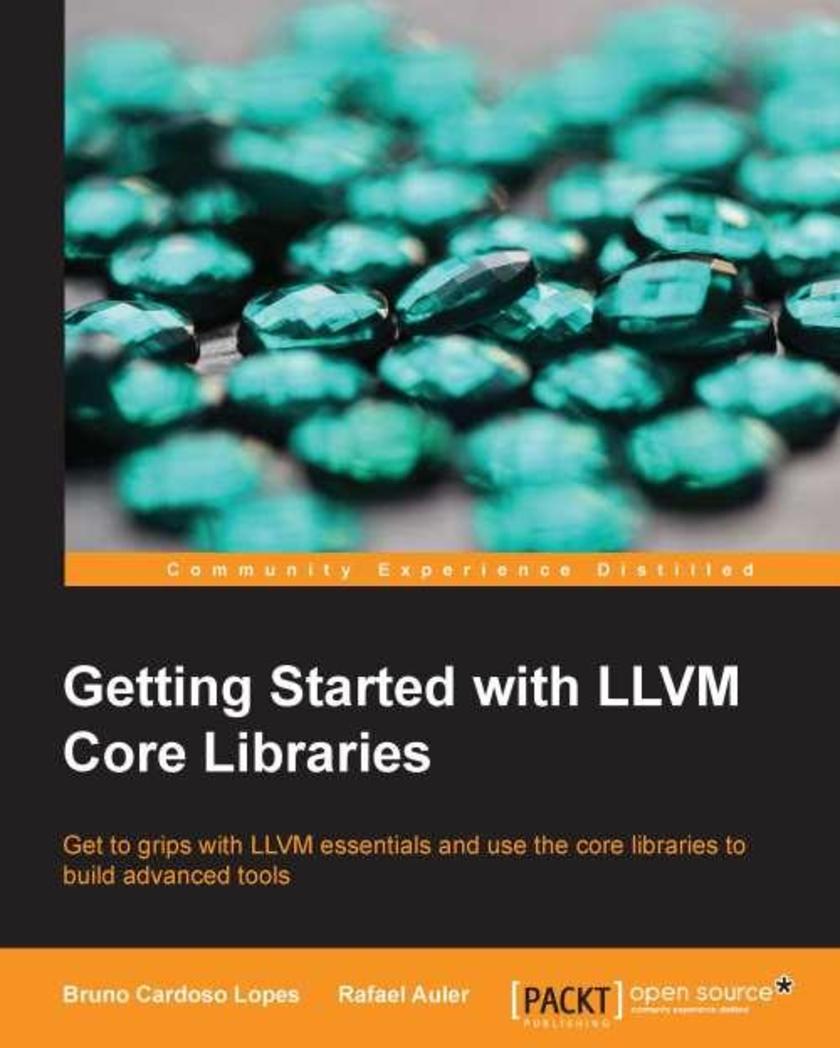
Getting started with LLVM core libraries
¥80.65
This book is intended for enthusiasts, computer science students, and compiler engineers interested in learning about the LLVM framework. You need a background in C++ and, although not mandatory, should know at least some compiler theory. Whether you are a newcomer or a compiler expert, this book provides a practical introduction to LLVM and avoids complex scenarios. If you are interested enough and excited about this technology, then this book is definitely for you.
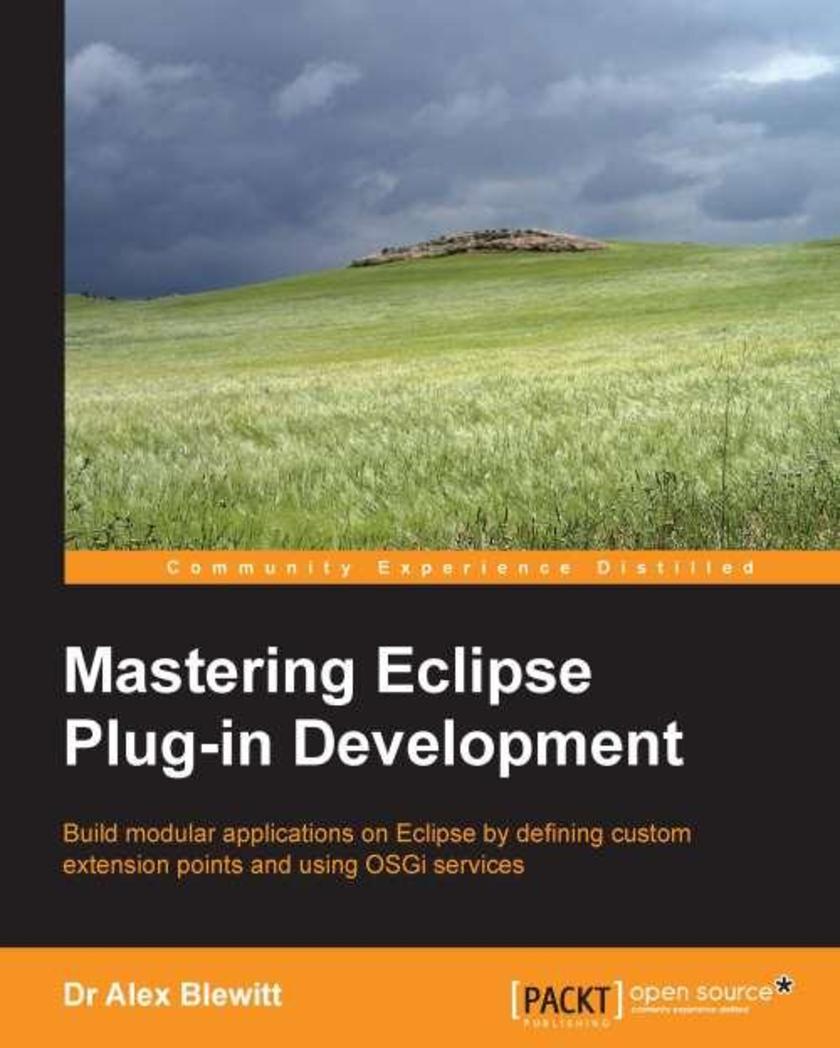
Mastering Eclipse Plug-in Development
¥90.46
If you are a Java developer who is familiar with the Eclipse plug-in environment, this book covers the advanced concepts that you need to know to achieve true expertise. Prior experience in creating Eclipse plug-ins is assumed for this book.
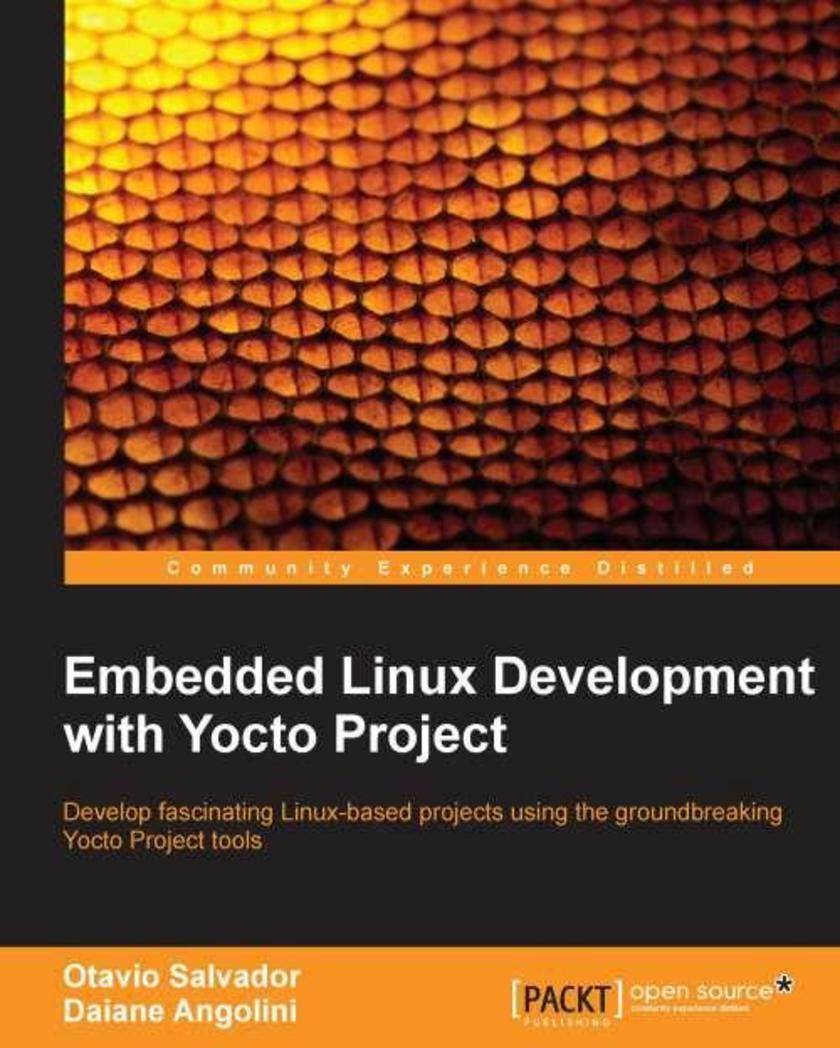
Embedded Linux Development with Yocto Project
¥45.77
A practical tutorial guide which introduces you to the basics of Yocto Project, and also helps you with its real hardware use to boost your Embedded Linux-based project. If you are an embedded systems enthusiast and willing to learn about compelling features offered by the Yocto Project, then this book is for you. With prior experience in the embedded Linux domain, you can make the most of this book to efficiently create custom Linux-based systems.
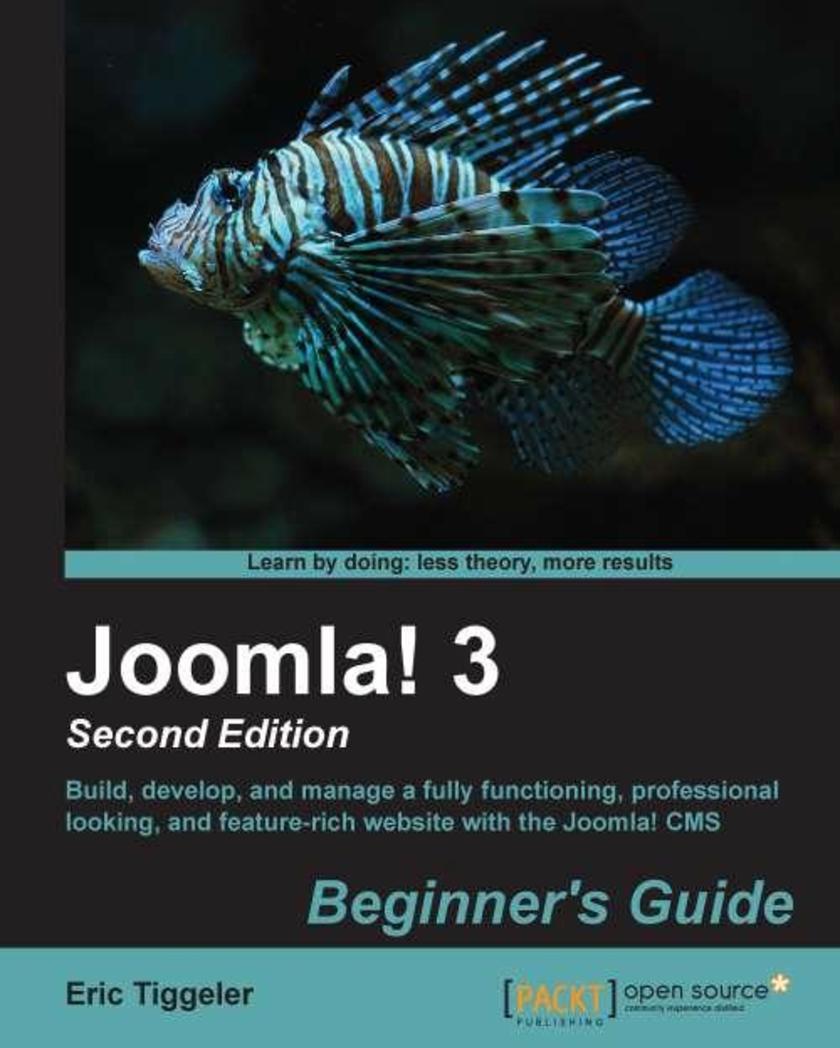
Joomla! 3 Beginner's Guide
¥90.46
An easy to use, step-by-step guide to creating professional, mobile-friendly websites with the free Joomla CMS. The Joomla! 3 Beginner's Guide Second Edition is the ultimate guide for web developers who wish to build upon their skills and knowledge on creating websites. Even if you’re new to this subject, you won’t have any difficulty understanding the clear and friendly instructions and explanations. No prior knowledge of HTML and CSS is required.
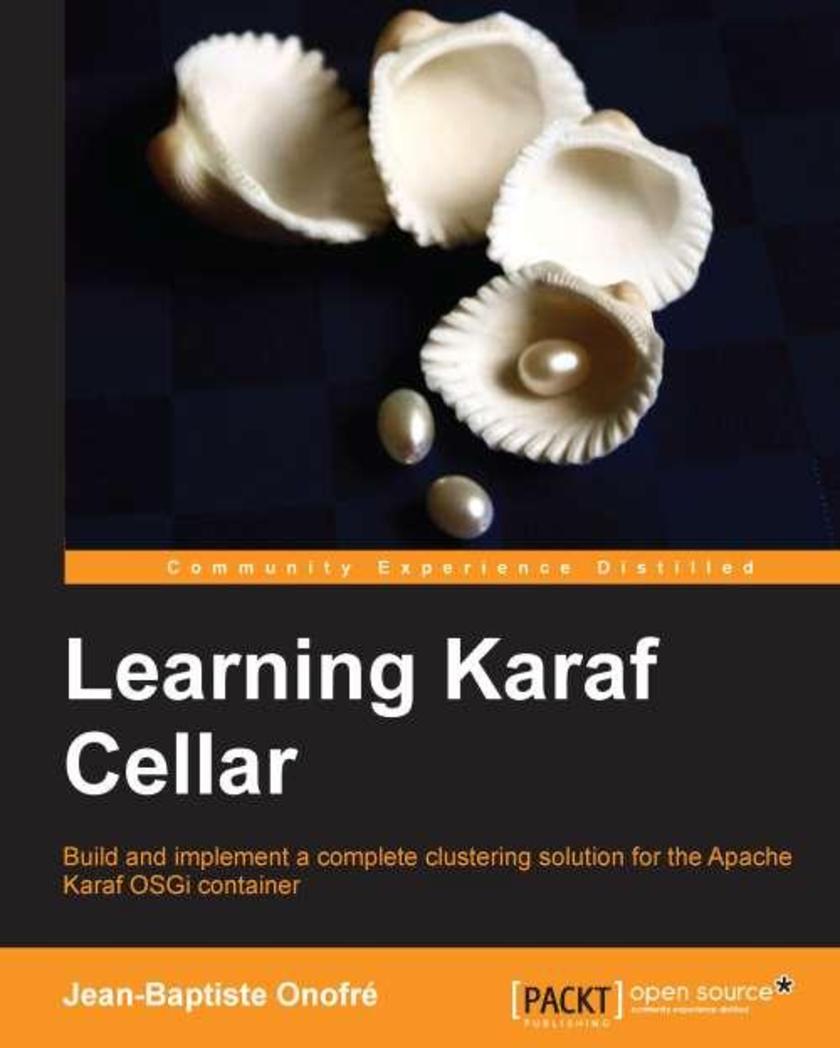
Learning Karaf Cellar
¥41.41
This book is a tutorial written with a step-by-step approach to help you implement an optimum clustering solution in Apache Karaf Cellar quickly and efficiently. If you are new to Karaf and want to install and manage multiple Karaf instances by farming or clustering, then this book is for you. If you are a Java developer or a system administrator with basic knowledge of Karaf, you can use this book as a guide. Some background knowledge of OSGi and/or Karaf would be preferred but is not mandatory.
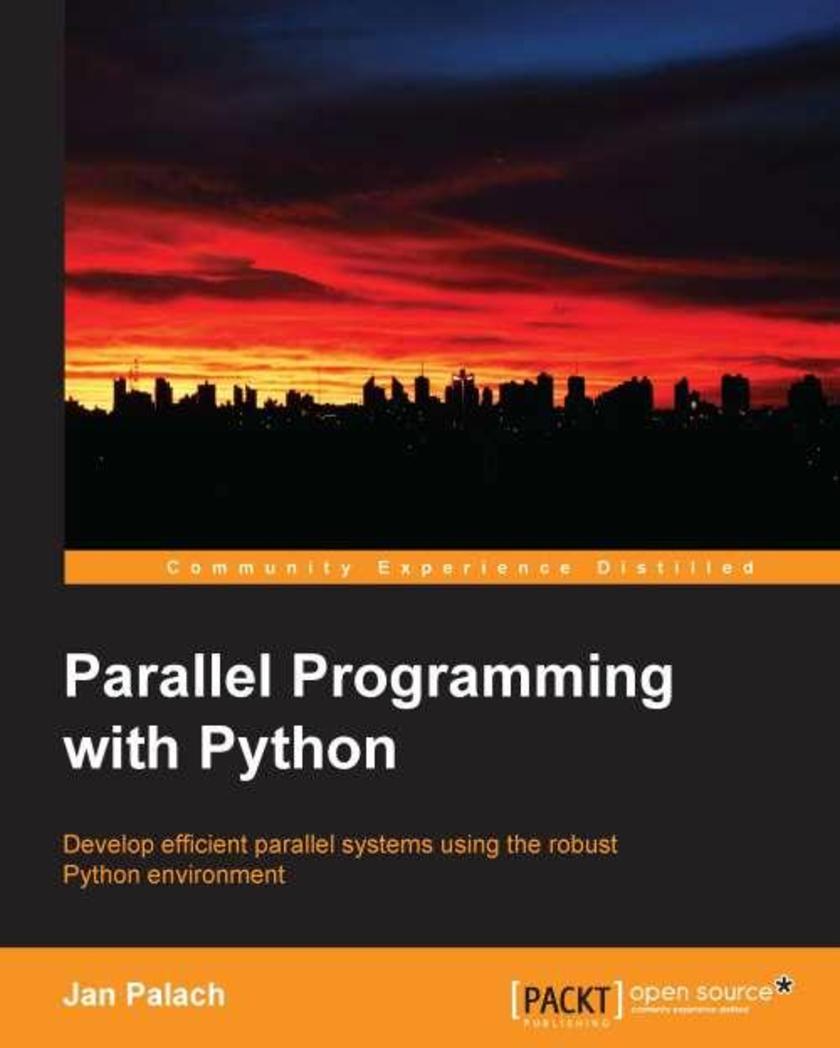
Parallel Programming with Python
¥41.41
A fast, easy-to-follow and clear tutorial to help you develop Parallel computing systems using Python. Along with explaining the fundamentals, the book will also introduce you to slightly advanced concepts and will help you in implementing these techniques in the real world. If you are an experienced Python programmer and are willing to utilize the available computing resources by parallelizing applications in a simple way, then this book is for you. You are required to have a basic knowledge of Python development to get the most of this book.
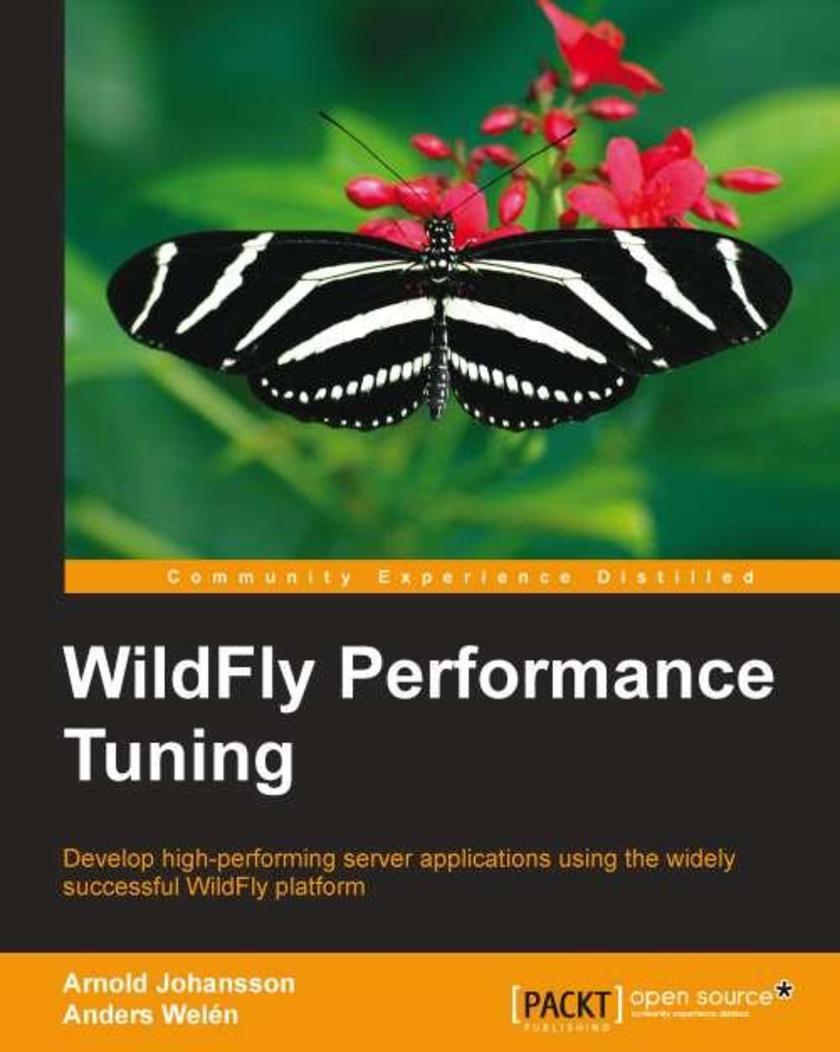
WildFly Performance Tuning
¥90.46
Packed with practical examples, this book looks at a different aspect of performance tuning in each chapter and shows you how to apply them to their existing Java applications. Anyone with an interest in learning more and improving the performance of Java-based technology in general, all the way to WildFly in particular, will find this book useful.
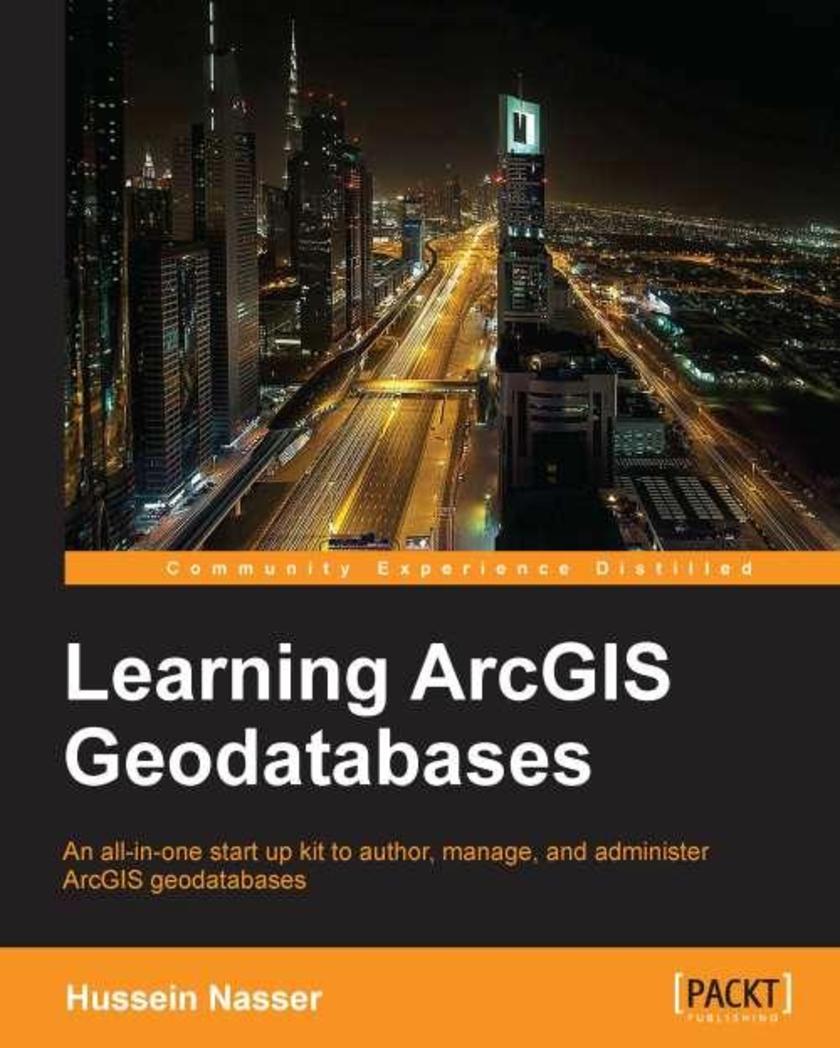
Learning ArcGIS Geodatabases
¥49.04
This is a solution-based book, showcasing the real power of ArcGIS Geodatabase by following a real-world, example-based approach. This book is aimed at geospatial developers who want to work with ArcGIS geodatabases as well as manage them. Having knowledge of building a geodatabase from scratch isn't a must; Learning ArcGIS Geodatabases is ideal for those who want to use ArcGIS geodatabase for the first time, or for those who want to migrate from their existing legacy database to a geodatabase.
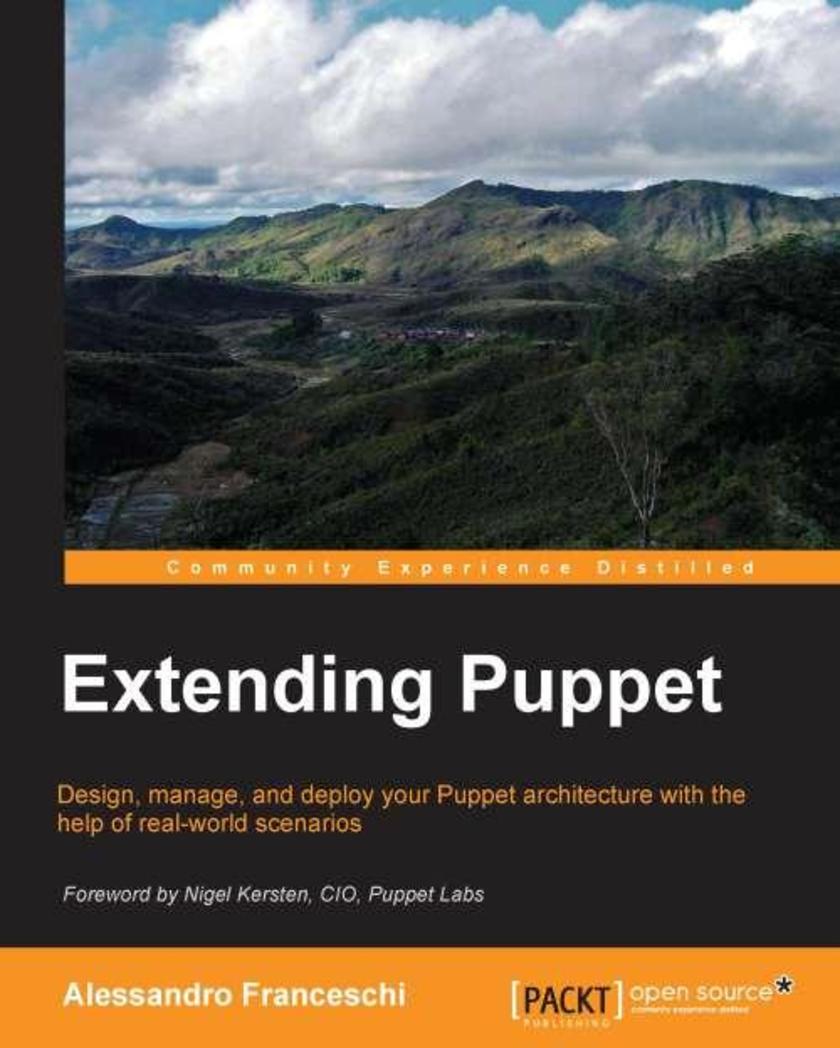
Extending Puppet
¥50.13
This book is a clear, detailed and practical guide to learn about designing and deploying you puppet architecture, with informative examples to highlight and explain concepts in a focused manner. This book is designed for users who already have good experience with Puppet, and will surprise experienced users with innovative topics that explore how to design, implement, adapt, and deploy a Puppet architecture. The key to extending Puppet is the development of types and providers, for which you must be familiar with Ruby.

Prezi Hotshot
¥80.65
This book takes a handson, tutorialstyle approach that walks you through ten individual projects, each focusing on producing a specific Prezi. If you have some basic experience of Prezi and want to gain advanced knowledge by building different kinds of Prezi projects, then this book is for you.

Less Web Development Essentials
¥54.49
Written in a practical and concise manner, this book is a crashcourse in teaching you the fundamental concepts of Less with reallife examples and problems. If you use CSS(3) in your web development tasks and would love to learn how to create maintainable and reusable code with Less, this book is ideal for you. Although you need to have some experience in web development, even beginners will find that this book is useful.
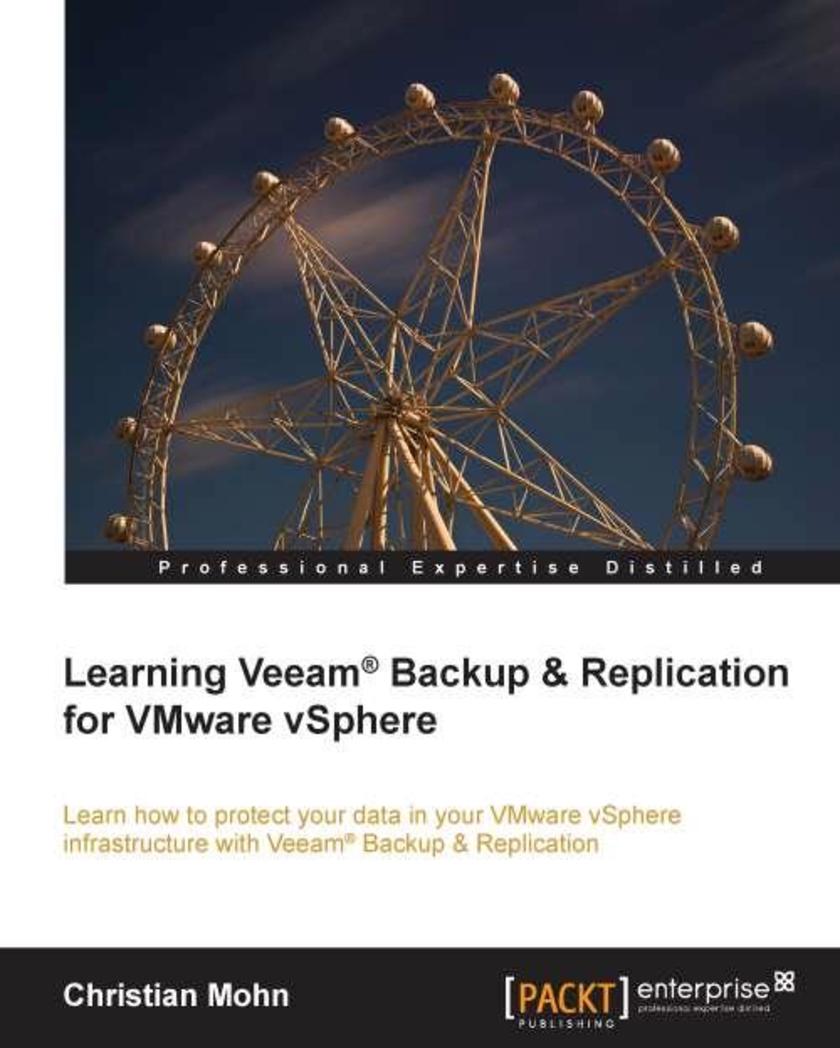
Learning Veeam? Backup & Replication for VMware vSphere
¥59.94
This is an easytofollow guide that will help you learn everything you need to know to administer backup, replication, and recovery in your VMware vSphere environment, with Veeam Backup and Replication. This book is aimed at VMware vSphere administrators looking to protect their infrastructure by utilizing the world’s leading modern data protection solution, specifically designed for virtual environments. A good understanding of VMware vSphere architecture is recommended, but prior knowledge of Veeam Backup and Replication is not required.
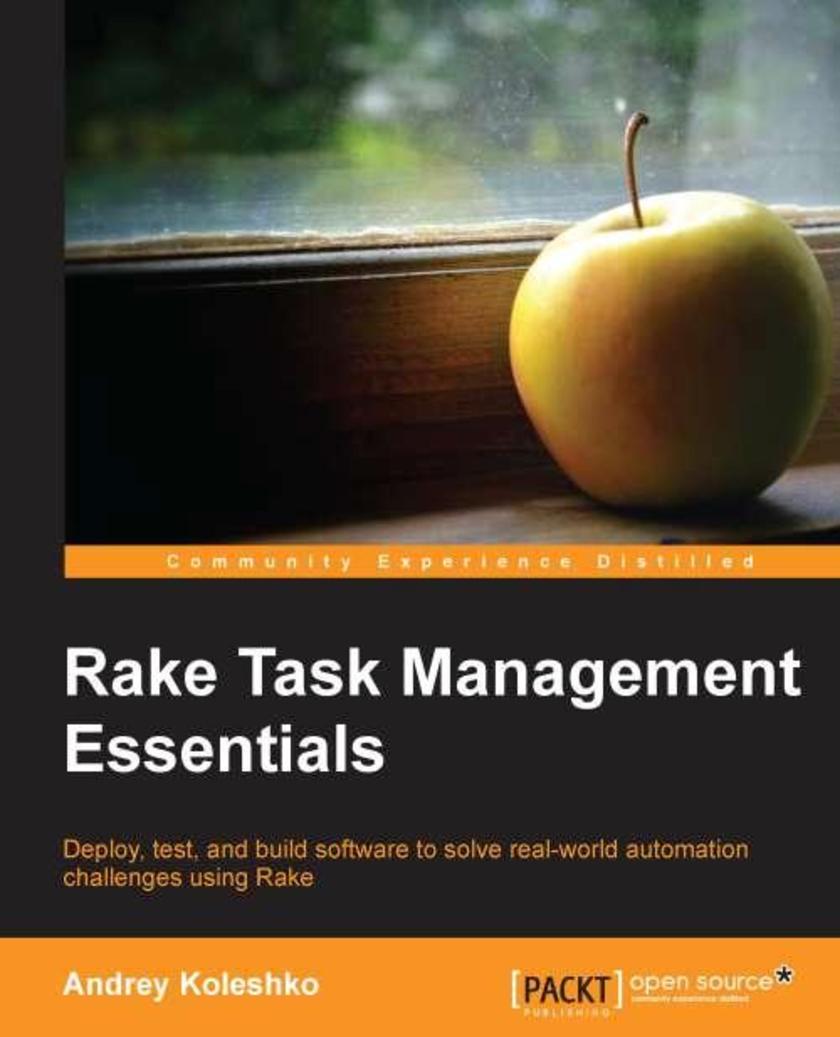
Rake Task Management Essentials
¥41.41
A stepbystep and interactive approach explaining the Rake essentials along with code examples and advanced features. If you are a developer who is acquainted with the Ruby language and want to speed up writing the code concerned with files, then this book is for you. To start reading this book, basic Ruby knowledge is required; however, a huge amount of experience with the language is not necessary.
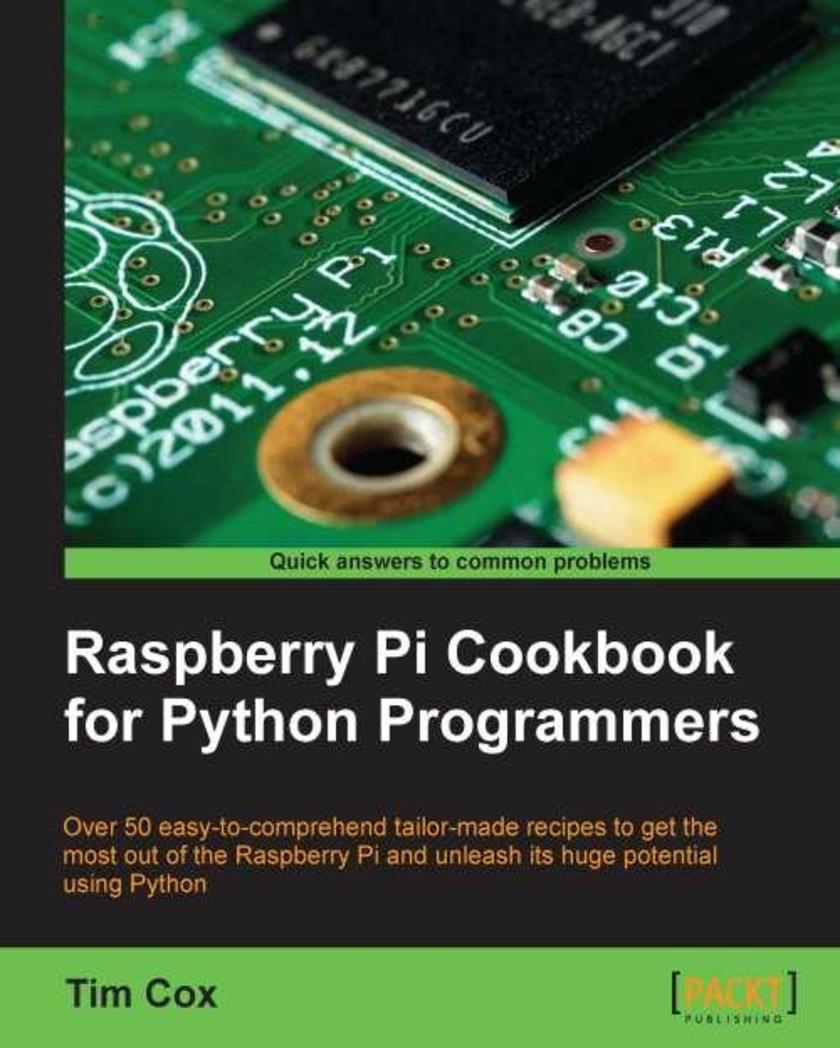
Raspberry Pi Cookbook for Python Programmers
¥80.65
"Raspberry Pi Cookbook for Python Programmers" is written in a Cookbook format, presenting examples in the style of recipes.This allows you to go directly to your topic of interest, or follow topics throughout a chapter to gain a thorough indepth knowledge. The aim of this book is to bring you a broad range of Python 3 examples and practical ideas which you can develop to suit your own requirements. By modifying and combining the examples to create your own projects you learn far more effectively with a much greater understanding. Each chapter is designed to become a foundation for further experimentation and discovery of the topic, providing you with the tools and information to jump right in. Readers are expected to be familiar with programming concepts and Python (where possible Python 3 is used), although beginners should manage with the help of a good Python reference book and background reading. No prior knowledge of the Raspberry Pi or electronics is required; however for the hardware sections you will need some basic electronic components/household tools to build some of the projects.
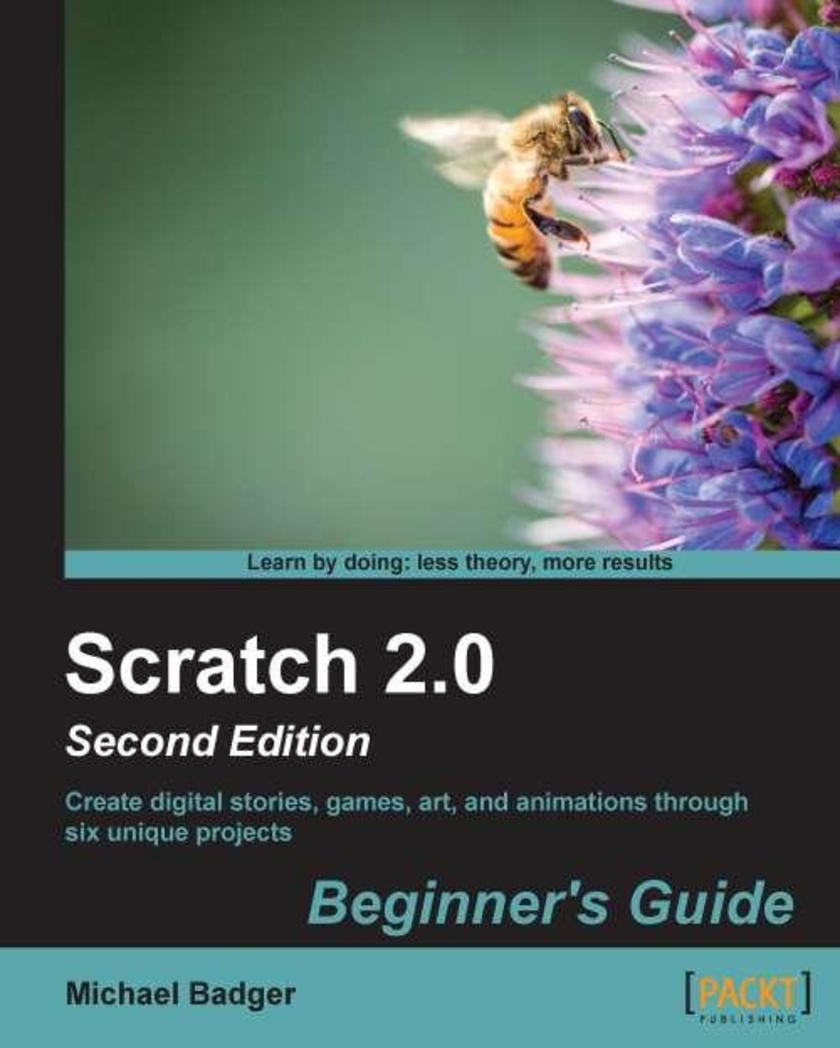
Scratch 2.0 Beginner's Guide
¥90.46
The book uses stepbystep instructions along with full code listings for each exercise. After each exercise, the author pauses to reflect, explain, and offer insights before building on the project. The author approaches the content with the belief that we are all teachers and that you are reading this book not only because you want to learn, but because you want to share your knowledge with others. Motivated students can pick up this book and teach themselves how to program because the book takes a simple, strategic, and structured approach to learning Scratch. Parents can grasp the fundamentals so that they can guide their children through introductory Scratch programming exercises. It’s perfect for homeschool families. Teachers of all disciplines from computer science to English can quickly get up to speed with Scratch and adapt the projects for use in the classroom.

Storm: Distributed Real-time Computation Blueprints
¥90.46
A blueprints book with 10 different projects built in 10 different chapters which demonstrate the various use cases of storm for both beginner and intermediate users, grounded in realworld example applications. Although the book focuses primarily on Java development with Storm, the patterns are more broadly applicable and the tips, techniques, and approaches described in the book apply to architects, developers, and operations. Additionally, the book should provoke and inspire applications of distributed computing to other industries and domains. Hadoop enthusiasts will also find this book a good introduction to Storm, providing a potential migration path from batch processing to the world of realtime analytics.




 购物车
购物车 个人中心
个人中心



